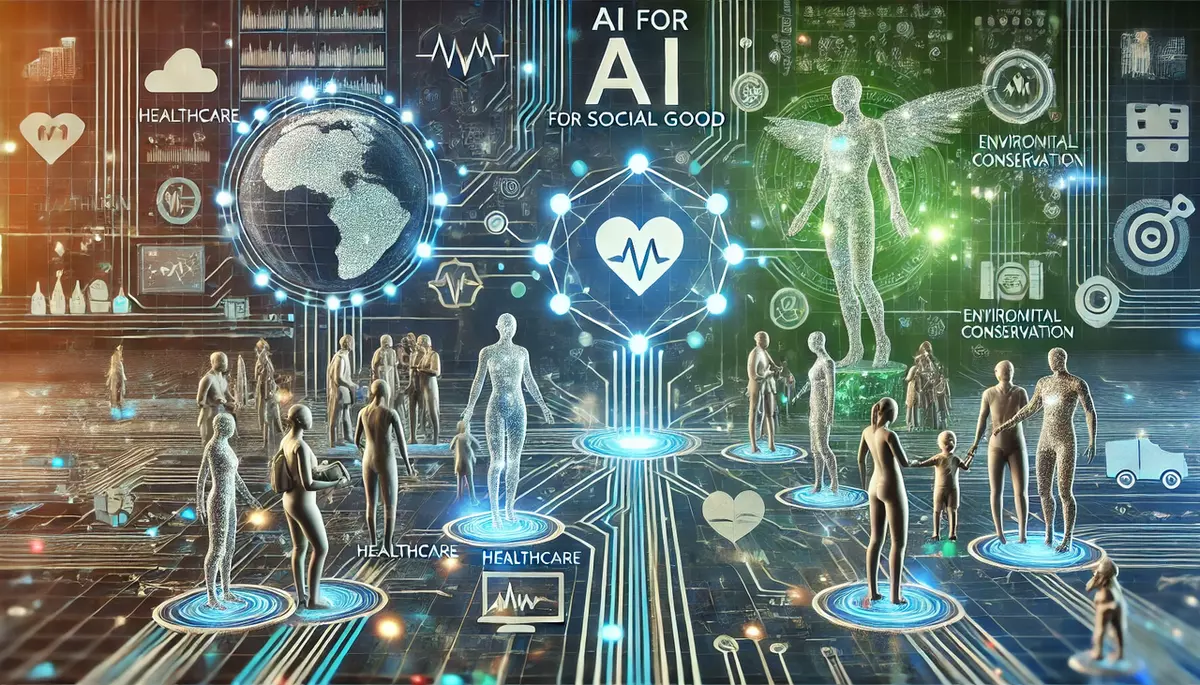Introduction
The Semantic Web is a vision for the future of the World Wide Web, where information is given well-defined meaning, enabling computers and people to work in cooperation. This knowledge base article explores the core concepts, technologies, and applications of the Semantic Web, as well as its potential impact on the way we access and use information online.
What is the Semantic Web?
The Semantic Web is an extension of the current World Wide Web, where data is structured in a way that machines can understand and process. It aims to create a web of data that can be easily shared, combined, and queried, allowing for more efficient and intelligent information retrieval and integration.
Key Characteristics of the Semantic Web:
- Machine-readable Data: Information on the Semantic Web is represented in a format that can be understood and processed by computers, rather than just being displayed for human consumption.
- Linked Data: Data on the Semantic Web is connected through relationships, allowing for the discovery of new information and insights.
- Ontologies: Semantic Web ontologies define the vocabulary and relationships between concepts, providing a shared understanding of a domain.
- Reasoning: Semantic Web technologies enable logical reasoning to derive new information from existing data, leading to more intelligent applications and decision-making.
Semantic Web Technologies
The Semantic Web is built upon a stack of technologies that work together to achieve its goals:
Key Semantic Web Technologies:
- Resource Description Framework (RDF): A data model for representing information about resources on the web in the form of subject-predicate-object statements.
- Web Ontology Language (OWL): A family of knowledge representation languages for authoring ontologies, which provide a formal, machine-readable description of concepts and their relationships.
- SPARQL: A query language for retrieving and manipulating data stored in RDF format.
- Linked Data: A set of best practices for publishing and connecting structured data on the web, using URIs and RDF.
Applications of the Semantic Web
The Semantic Web has the potential to transform various domains by enabling more intelligent and interconnected applications:
Semantic Web Applications:
- Improved Search and Information Retrieval: Semantic search engines can understand the meaning of queries and provide more relevant and contextual results.
- Data Integration and Interoperability: Semantic Web technologies allow for the seamless integration of data from multiple sources, enabling new insights and applications.
- Personalization and Recommendation Systems: Semantic Web data can be used to better understand user preferences and provide personalized recommendations.
- Knowledge Management and Decision Support: Semantic Web technologies can be used to build intelligent systems that can reason over data and provide decision support.
- Biomedical and Life Sciences: The Semantic Web can facilitate the integration and analysis of complex biomedical data, leading to advancements in healthcare and scientific research.
Challenges and Limitations
While the Semantic Web holds great promise, there are also challenges and limitations that need to be addressed:
Challenges of the Semantic Web:
- Adoption and Standardization: Widespread adoption of Semantic Web technologies requires the establishment of common standards and best practices.
- Data Quality and Provenance: Ensuring the accuracy, reliability, and provenance of Semantic Web data is crucial for its effective use.
- Privacy and Security: The increased interconnectivity and machine-readable nature of Semantic Web data raises concerns about privacy and security.
- Scalability and Performance: As the Semantic Web grows, ensuring the scalability and performance of Semantic Web applications becomes a significant challenge.
Future Directions
The Semantic Web is an ongoing effort, and researchers and developers continue to work on advancing its capabilities and addressing its challenges:
Future Directions for the Semantic Web:
- Linked Open Data: Expanding the network of openly available, interlinked Semantic Web data to enable more comprehensive and valuable applications.
- Artificial Intelligence and Machine Learning: Integrating Semantic Web technologies with AI and ML to create more intelligent and autonomous systems.
- Internet of Things (IoT): Leveraging the Semantic Web to enable the seamless integration and interoperability of IoT devices and data.
- Decentralized and Distributed Architectures: Exploring the use of decentralized technologies, such as blockchain, to address the challenges of scalability and data provenance.
Conclusion
The Semantic Web represents a significant evolution in the way we organize, access, and use information on the internet. By providing a framework for structuring data in a machine-readable format and enabling intelligent reasoning, the Semantic Web has the potential to transform a wide range of industries and applications. As research and development in this field continue, the Semantic Web is poised to play an increasingly important role in the future of the World Wide Web.
This knowledge base article is provided by Fabled Sky Research, a company dedicated to exploring and disseminating information on cutting-edge technologies. For more information, please visit our website at https://fabledsky.com/.
References
- Berners-Lee, T., Hendler, J., & Lassila, O. (2001). The Semantic Web. Scientific American, 284(5), 34-43.
- Allemang, D., & Hendler, J. (2011). Semantic Web for the Working Ontologist: Effective Modeling in RDFS and OWL. Elsevier.
- Hitzler, P., Krötzsch, M., Parsia, B., Patel-Schneider, P. F., & Rudolph, S. (Eds.). (2012). OWL 2 Web Ontology Language Primer. W3C Recommendation.
- Bizer, C., Heath, T., & Berners-Lee, T. (2009). Linked data-the story so far. International journal on semantic web and information systems, 5(3), 1-22.
- Antoniou, G., & Van Harmelen, F. (2004). A Semantic Web Primer. MIT Press.


























